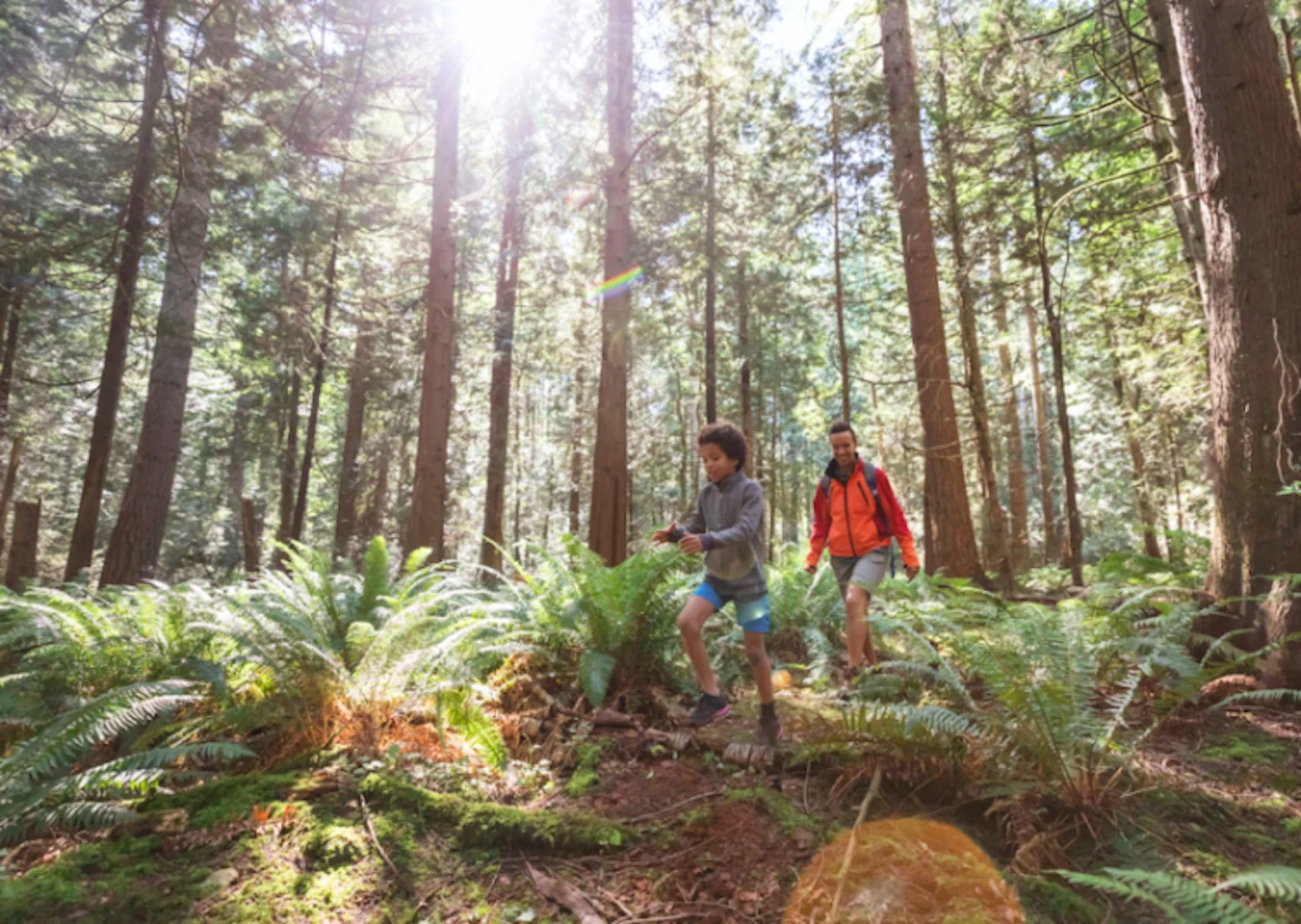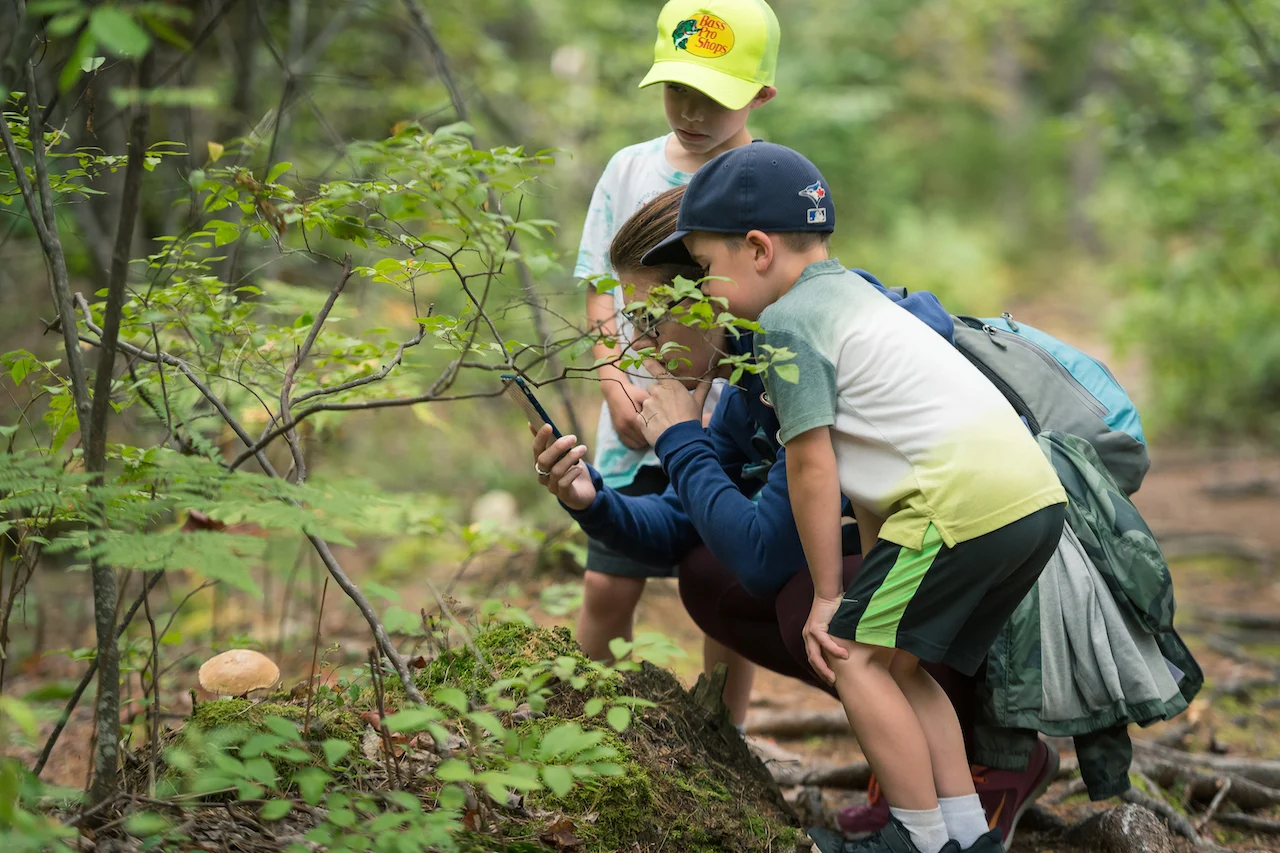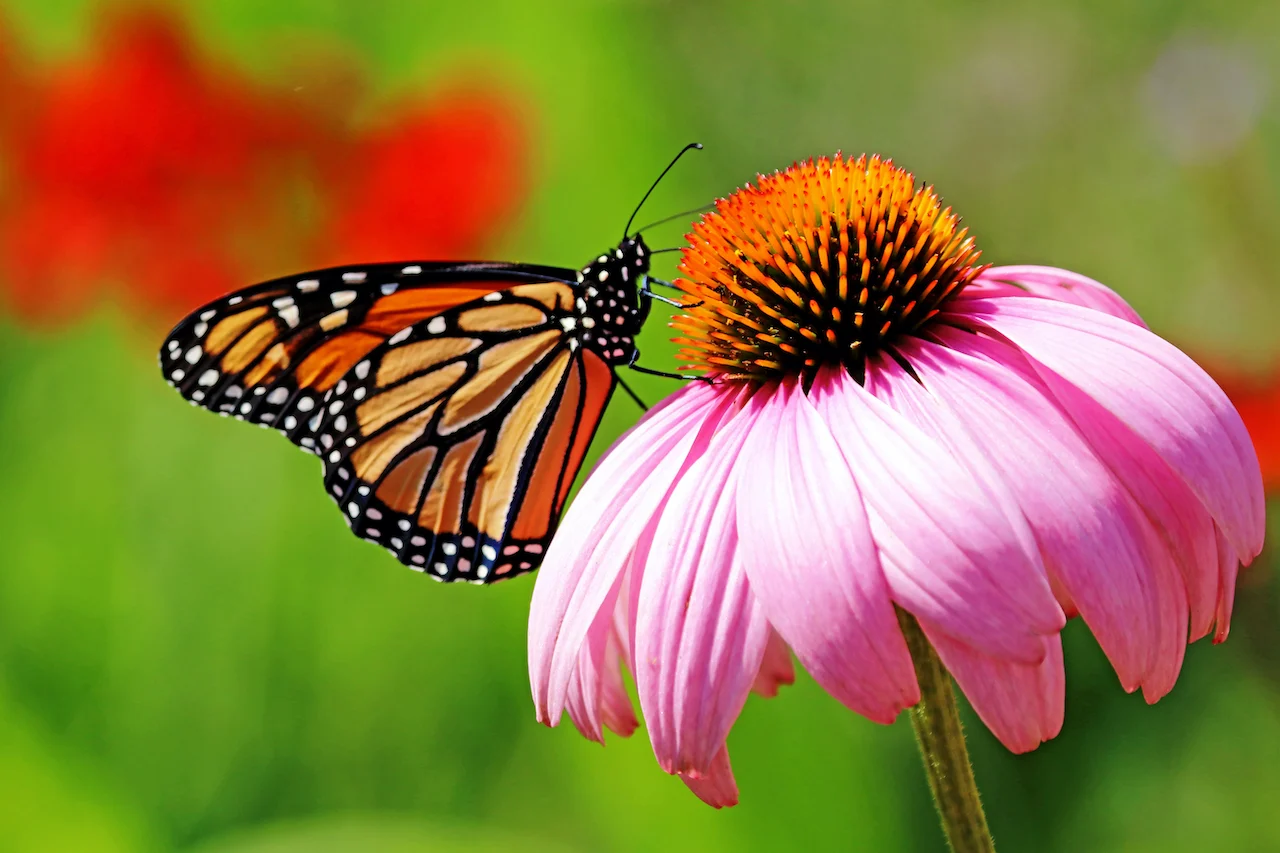
Canadians challenged to stay connected to nature this summer
The recent City Nature Challenge is a great "springboard" to keep people connected to nature through the summer, says a Canadian Wildlife Federation (CWF) specialist.
Thousands of Canadians took to the outdoors this spring to enjoy and showcase Canada's expansive biodiversity with others across the country -- something the Canadian Wildlife Federation (CWF) hopes will continue through the summer.
The City Nature Challenge is an annual, friendly international collaboration designed to connect people to nature while taking an inventory of wildlife species around the globe.
In Canada, the effort took place over the span of four days earlier this spring, with almost 50,000 observations countrywide of more than 3,000 species that were reported by nearly 3,000 participants, according to James Page, a species at risk and biodiversity specialist with CWF.
SEE ALSO: How to identify any plant or animal with your smartphone
"We were extremely happy with how the City Nature Challenge went in Canada. It’s a great springboard into the summer for people to get outside and connect with nature," said Page. "From there on into the summer, we’ve got CWF’s Observation Nation, which is a way to keep that momentum going through the rest of the year.”

(Canadian Wildlife Federation Bioblitz/David Coulson).
CITY NATURE CHALLENGE CONTINUES TO GROW
For the first time ever, more than a million observations were recorded worldwide – an accomplishment for the City Nature Challenge – but what Page found most unique was that many of the observations were made close to home due to the restrictions of the COVID-19 pandemic.
“We saw a lot of backyard birds and sound recordings of birds, and things that are growing in people’s neighbourhoods, which is pretty neat. It shows that biodiversity doesn’t have to be too far away," said Page.
The lesson Page hopes people learned was to get outside and connect with nature -- to get their “feet wet,” he said -- something he encourages through the summer, too.
“Hopefully it gave people a bit of taste of early spring and getting outside to connect with nature, but also beyond being [outside is] that kind of feel of what it means to record biodiversity information [and] help contribute to conservation,” said Page.
A great success story this year was the number of cities that participated in the challenge, with 25 across the country taking part – double from the 2020 effort, he noted.
“As the word grows from these past years, hopefully next year we can do more again. The idea is to connect people to nature and what’s around them,” said Page.
STAY CONNECTED TO NATURE THIS SUMMER WITH CWF'S OBSERVATION NATION
To build on the success of the City Nature Challenge, and to help with CWF's Observation Nation project, Page encourages people to use iNaturalist -- an app that incorporates image recognition software -- online and on smartphones -- to help users instantly identify plants and animals observed anywhere.

(CWF Reflections of Nature photo contest/Debbie Oppermann).
“It’s an extremely valuable platform for a few reasons. It’s a massive database. Right now it [has] nearly five million wildlife observations in Canada alone,” said Page.
He said it’s similar to having your own personal nature interpreter when you’re wandering outdoors, and encounter plants and wildlife that you are curious about.
“By doing so, you can not only learn and help identify what’s around you, but you can also keep a list of everything you’ve seen over the years because it records all your observations for you," said Page.
APP CAN HELP EXPERTS IDENTIFY NEW SPECIES, PROTECT BIODIVERSITY
Because wildlife experts can’t be everywhere, the app is also very useful to help locate and identity new species that otherwise may not have been found in Canada, Page said.
In fall 2020, an iNaturalist user discovered the elm zigzag sawfly, an invasive species. It is now under investigation by the Canadian Food Inspection Agency to determine if it is a new pest and how to curb it before it becomes a problem, he added.
“There is literally [more than] 100,000 users in Canada that are posting observations on iNaturalist, so just the sheer number of crowdsourced biodiversity research is going to turn up a whole bunch of things that we wouldn’t have known before,” said Page.
“This is way more information than any expert or government agency, or conservation organization could ever compile on their own. That information can then be used for conservation decisions to protect the biodiversity that people are out there recording.”
Thumbnail courtesy of Noel Hendrickson/DigitalVision/Getty Images.
Nathan Howes can be followed on Twitter: @HowesNathan.










